Sedgwick said that bushfires of this magnitude will have a “significant and long-term” impact on the insurance industry
As the bushfires across New South Wales, Australia continues, insurance losses stand at $700m (£533m) so far - this is set to increase as access to damaged properties and communities opens up.
To date, insurers have received 8,985 claims related to bushfires since September last year from New South Wales, Victoria, Queensland and South Australia.
However, Brendan Rowbotham, general manager, delivery and new markets at loss adjuster Sedgwick Australia, told Insurance Times that due to the early stage of loss notification, exact losses are difficult to quantify.

“Bushfires of this magnitude have a significant and long-term impact on the insurance industry as a whole,” he stated.
These details follow Sedgwick’s announcement yesterday that it was working with the Insurance Council of Australia to deploy teams and assess the extent of bushfire damage.
Far-reaching impact
With these numbers in mind, Rowbotham said that the “impacts are far-reaching” across communities and include not only the insurance companies themselves but providers, such as builders and other stake holders, who are involved in all aspects of recovery and reinstatement efforts.
“All people involved in these events, by the sheer magnitude of impact, will never forget them,” he continued.
He gave the example of Black Saturday in 2009 and Ash Wednesday in 1983 – both previous significant bushfire catastrophes in Australia.
Necessary clearances
Although many are keen to aid those affected by the bushfires, accessibility is a key issue, added Rowbotham. He said: “Right now, access to most of the fire zone on the east coast of Australia, which spans an enormous geographic region, remains restricted. This is exacerbated by the fact there are active fires still burning in some areas.
“For this reason, assessing the damage can be frustratingly delayed while authorities provide the necessary clearances for safe access. As soon as safe access is granted, we will be getting to work helping the recovery effort.”
Rowbotham added that a lot of work lays ahead for the industry in managing the logistics of the clean-up and insurance processes that follow, for example the removal of debris, property reinstatement and content replacement.
“The sudden increase in claims and activity that includes significant and sometimes complex losses means an increased workload for all involved for months to come – it can be challenging work and requires resilience and a special approach and co-ordination to balance the best outcomes possible,” he added.
Compassion and sensitivity
But, at the centre of everyone’s thinking is ensuring that the matter is being dealt with “compassionately and sensitively” for customers and that the claims process is both smooth and as seamless as possible.
“Response teams are providing emergency accommodation and financial support to hundreds of people. We also have disaster recovery and claims specialists active in many communities and are working directly with people to help them through this traumatic time.
“As with all major events, insurers, government [and] non-government agencies and communities will monitor how stakeholders work together to manage the response, examine root causes and use this information to mitigate and improve catastrophe responses in future events,” he concluded.
Hosted by comedian and actor Tom Allen, 34 Gold, 23 Silver and 22 Bronze awards were handed out across an amazing 34 categories recognising brilliance and innovation right across the breadth of UK general insurance.



























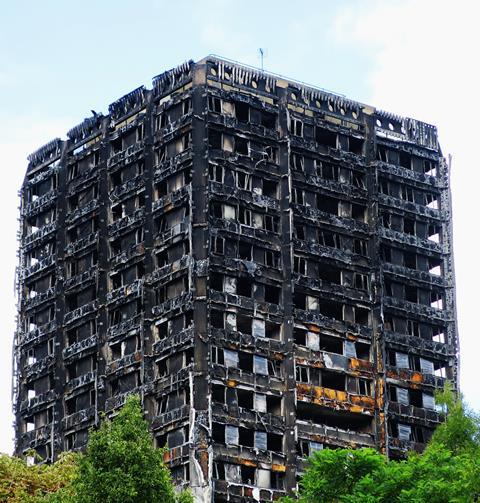










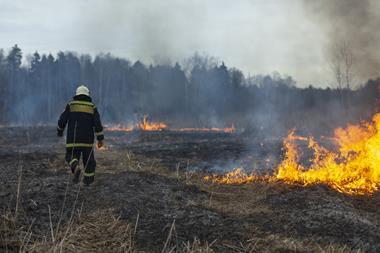


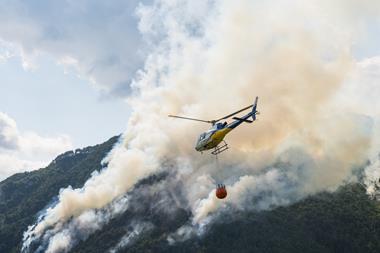
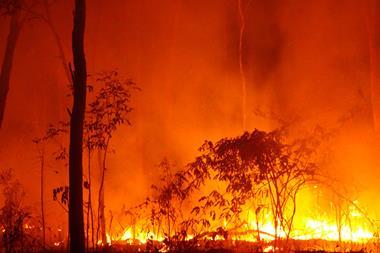


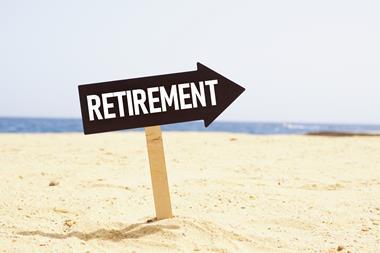


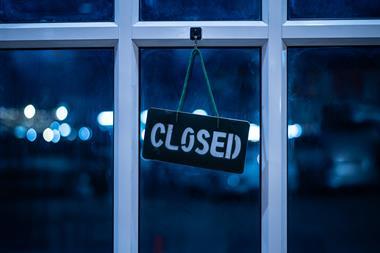




No comments yet